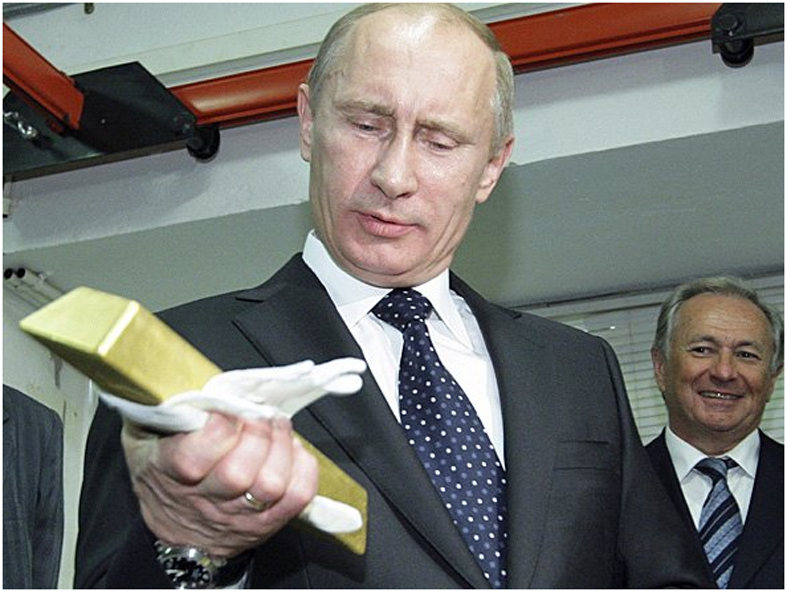Russia is in the spotlight again all of a sudden. After that bounce in growth into 2017, from the energy price- and sanctions-induced slump in 2015/16, and obviously to the huge disappointment of the Western establishment who forecast the Russian economy to further implode, JPMorgan was the first of the pundits to issue an audible warning and call a cap on this recovery last week. Q4 numbers haven’t been released yet, but JP thinks it will be negative on a quarter-on-quarter basis.
Let’s see what the official data outcome is in the end, but it’d be the second consecutive quarter of negative growth, ie a technical recession. To be sure, GDP will still be growing relative to the previous year and the central bank growth estimates of 1.7-2.2% be matched, but it is only prudent to watch the most recent momentum in economic activity. JP may not be so far off, as November industrial production numbers were markedly lower, at -3.6% year-on-year, something they probably based their warning on.
Be this as it may, it does not mean that we are anywhere near implosion territory. The Western pundits might want to hold their horses. The output number may have been bad, but this could easily be an outlier and rectified in December. All other macro indicators have shown resilience. Monthly retail sales for example still oscillate around the +3% mark. The Ruble is trading at a 3 year high. And foreign currency reserves have been on a steady ascent ever since they almost halved in 2015.
The central bank seems to have smelled the coffee and finally been more aggressive lowering interest rates. From September, rates have been slashed by a whopping 1.25%, to 7.75%. This will have its positive effect going into 2018, and as this space has contended for a while now, the bank has a lot more firepower to be more accommodating. Monetary policy has been lagging in light of a visible drop in inflation, which is now holding at +2.5%, and the strong currency performance.
Nothing is ideal when it comes to Russia’s economy. The crude price drop into 2016 was a bitter pill to swallow, which had to be balanced by a weaker Ruble, causing inflation etc etc. The imposed sanctions haven’t had the effect desired by the Western bloc, but they have without a doubt left a negative impact. Russia is still re-orienting its economic allegiances to its east and south, something that can’t be done in a few months. Considering all this however, the country has been managed formidably.
Maybe a quick observation on Russia’s reserves… In December, foreign currency reserves increased by a little more than half a billion dollars from November, to 356.1 billion. It represents a very respectable top-up of over 50 billion from the 2015 lows. Include in this number SDRs, reserves at the IMF and holdings of gold, total reserves have hit 432.7 billion. The value of Russia’s gold has topped 76.6 billion dollars, another all-time record high, which now constitutes a significant 18% of the total.
It is in my view important to understand that Russia is clearly betting on beefing up its reserves with gold rather than fiat currency-denominated government paper. Be reminded that the value of gold holdings have only crossed the 10 billion mark in the run-up to the financial crisis and have in the past 15 years multiplied by a factor of 15. Another interesting aspect is that, at the December valuation, Russia held approx. 1,900 tonnes of gold which is now more than China officially owns.
This is a first… Consider that China’s GDP is almost 10 times Russia’s, and you will see the imbalance I am referring to. And as you will remember, this space has always argued that China holds way too little of gold in reserves for the sheer size of its economy.
